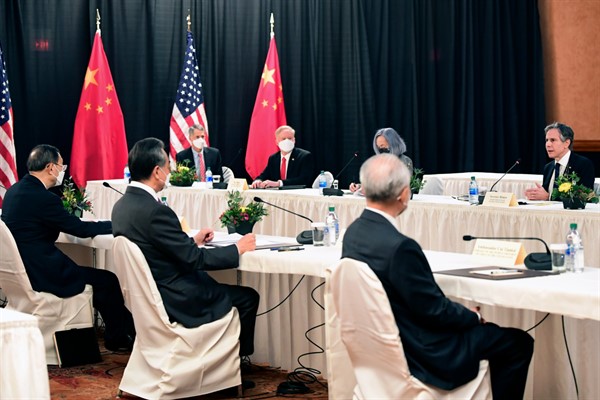
Under the leadership of President Xi Jinping, China has begun to more aggressively challenge America’s role as the key economic and political power in Asia. Increasingly repressive at home, Xi has not shied away from asserting China’s regional influence, positioning Beijing as the powerbroker on everything from trade routes to territorial disputes. And with its Belt and Road Initiative, China’s influence is spreading well beyond Asia, into much of Africa and even Europe. China’s ascendance is also evident in how much attention other global powers are paying to Beijing and its policies.
But while China’s rise often makes headlines, it is not the only trend shaping events in Asia. Illiberalism has become a force in democracies like India, where Prime Minister Narendra Modi has ridden the wave of Hindu nationalism to successive electoral victories. And in the Philippines, former President Rodrigo Duterte’s six years in office have undermined the country’s democratic institutions and rule of law, with the prospects dim that his newly inaugurated successor, Ferdinand Marcos Jr., will be an improvement. Meanwhile, Myanmar’s already faltering process of democratization came to an abrupt end in February 2021, when the military seized power from the democratically elected government. The subsequent protests and the military’s violent crackdown in response have left the country teetering on the edge of civil war and failed state status.
Though democracy has taken a hit across parts of the continent, South Korea and Japan continue to offer models of liberalism. Both face challenges, though, primarily of the economic variety. South Korea is attempting to tackle corruption while deepening its ties with other parts of the continent, and Japan’s government is hoping to finally turn the corner on a period of flagging economic growth. But uncertainty over the future of the U.S.-China rivalry, as well as fallout from the COVID-19 coronavirus outbreak, have dampened the region’s economic prospects.
Regional flashpoints also remain. A deadly border clash between India and China in June 2020 put residual tensions between those two powers back in the spotlight as well. Afghanistan faces an uncertain road in the aftermath of the U.S. military withdrawal and subsequent Taliban takeover in August 2021. North Korea remains a perpetual wild card. And in the aftermath of Russia’s invasion of Ukraine, the prospect of China using military force to seize control of Taiwan has been the subject of heightened debate.
No comments:
Post a Comment